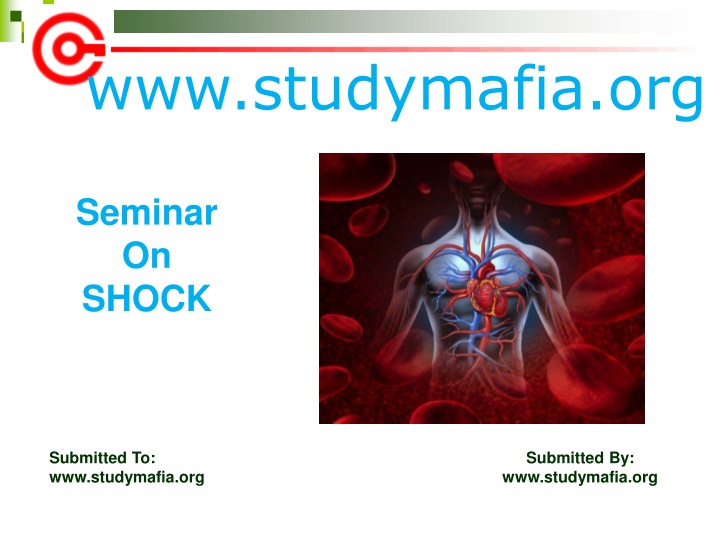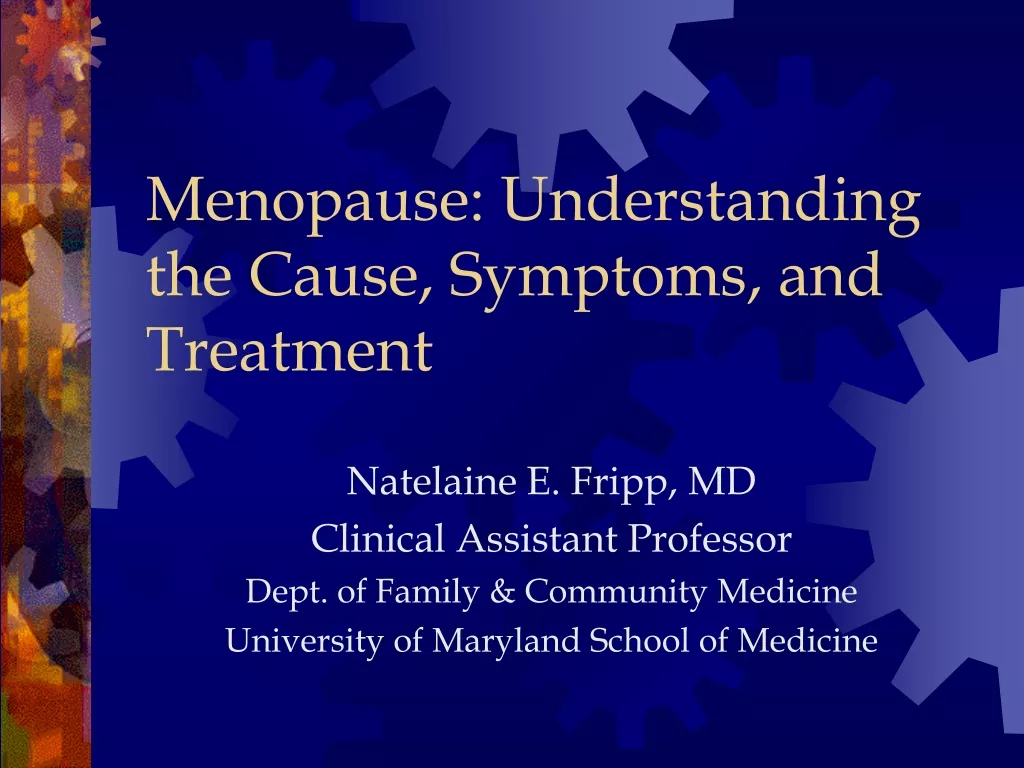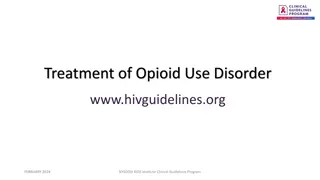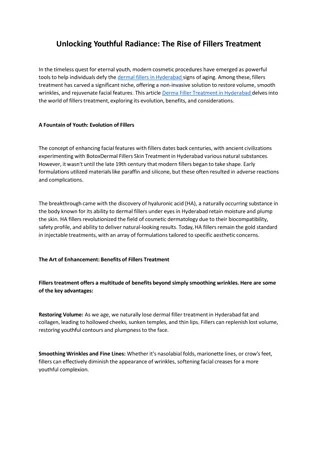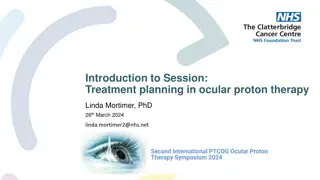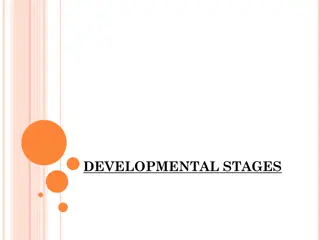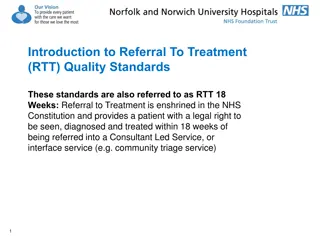Causes, Stages & Treatment
Shock is a medical emergency caused by inadequate blood flow, leading to organ damage. Learn about its stages, classifications, and treatment options to prevent irreversible harm.
Download Presentation

Please find below an Image/Link to download the presentation.
The content on the website is provided AS IS for your information and personal use only. It may not be sold, licensed, or shared on other websites without obtaining consent from the author.If you encounter any issues during the download, it is possible that the publisher has removed the file from their server.
You are allowed to download the files provided on this website for personal or commercial use, subject to the condition that they are used lawfully. All files are the property of their respective owners.
The content on the website is provided AS IS for your information and personal use only. It may not be sold, licensed, or shared on other websites without obtaining consent from the author.
E N D
Presentation Transcript
www.studymafia.org Seminar On SHOCK Submitted To: www.studymafia.org www.studymafia.org Submitted By:
Table Of Content Introduction Definition Stage Of Shock Classification Of Shock Physiologic profiles of shock states Effects And Signs Of Shock How is shock diagnosed? How is shock treated? Can you fully recover from shock? Can shock be prevented?
Introduction Shock is a medical emergency that occurs when the organs and tissues of the body are not receiving an adequate flow of blood. Shock is also described as inadequate perfusion. The lack of perfusion deprives the organs and tissues of oxygen, carried in the blood, and causes the buildup of waste products. Shock can result in serious tissue damage, organ failure or even the patient's death.
Definition of SHOCK? Shock is defined as a state of cellular and tissue hypoxia due to either reduced oxygen delivery, increased oxygen consumption, inadequate oxygen utilization, or a combination of these processes. This most commonly occurs when there is circulatory failure manifested as hypotension (ie, reduced tissue perfusion); however, it is crucial to recognize that a patient in shock can present hypertensive, normotensive, or hypotensive. Shock is initially reversible, but must be recognized and treated immediately to prevent progression to irreversible organ dysfunction. "Undifferentiated shock" refers to the situation where shock is recognized but the cause is unclear
Stages of Shock A progressive process: Intervene early Compensated Shock: Cardiac output (HR x SV) and systemic vascular resistance (peripheral vasoconstriction) work to keep BP within normal. On exam: Tachycardia; decreased pulses & cool extremities in cold shock; flushing and bounding pulses in warm shock; oliguria; labs may show mild lactic acidosis Hypotensive (Uncompensated) Shock: Compensatory mechanisms are overwhelmed. On exam: As above, plus hypotension, altered mental status; labs may show increased lactic acidosis Generally quick progression to cardiac arrest. Irreversible Shock: Irreversible organ damage, cardiac arrest, death occur.
Classifications of Shock Hypovolemic Shock Cardiogenic Shock Obstructive Shock Distributive Shock
Hypovolemic shock Hypovolemic shock happens when there isn t enough blood in your blood vessels to carry oxygen to your organs. This can be caused by severe blood loss, for example, from injuries. Your blood delivers oxygen and vital nutrients to your organs. If you lose too much blood, your organs can t function properly. Serious dehydration can also cause this type of shock.
Obstructive shock Obstructive shock occurs when blood can t get where it needs to go. A pulmonary embolism is one condition that may cause an interruption to blood flow. Conditions that can cause a buildup of air or fluid in the chest cavity can also lead to obstructive shock. These include: pneumothorax (collapsed lung) hemothorax (blood collects in the space between the chest wall and lung) cardiac tamponade (blood or fluids fill the space between the sac that surrounds the heart and the heart muscle)
Cardiogenic shock Damage to your heart can decrease the blood flow to your body, leading to cardiogenic shock. Common causes of cardiogenic shock include: damage to your heart muscle irregular heart rhythm very slow heart rhythm
Distributive shock Conditions that cause your blood vessels to lose their tone can cause distributive shock. When your blood vessels lose their tone, they can become so open and floppy that not enough blood pressure supplies your organs. Distributive shock can result in symptoms including: flushing low blood pressure loss of consciousness
Distributive shock Cont. There are a number of types of distributive shock, including the following: Anaphylactic shock is a complication of a severe allergic reaction known as anaphylaxis. Allergic reactions occur when your body mistakenly treats a harmless substance as harmful. This triggers a dangerous immune response. Anaphylaxis is usually caused by allergic reactions to food, insect venom, medications, or latex.
Septic shock is another form of distributive shock. Sepsis, also known as blood poisoning, is a condition caused by infections that lead to bacteria entering your bloodstream. Septic shock occurs when bacteria and their toxins cause serious damage to tissues or organs in your body. Neurogenic shock is caused by damage to the central nervous system, usually a spinal cord injury. This causes blood vessels to dilate, and the skin may feel warm and flushed. The heart rate slows, and blood pressure drops very low. Drug toxicities and brain injuries can also lead to distributive shock.
Physiologic profiles of shock states Type of Shock Preload (PCWP) Output Cardiac Afterload (SVR) Tissue Perfusion (Mixed venous sat) Hypovolemic Or = Or = * Distributive Cardiogenic Obstructive
How is shock diagnosed? First responders and doctors often recognize shock by its external symptoms. They may also check for: low blood pressure weak pulse rapid heartbeat Once they ve diagnosed shock, their first priority is to provide lifesaving treatment to get blood circulating through the body as quickly as possible. This can be done by giving fluid, drugs, blood products, and supportive care. It won t resolve unless they can find and treat the cause. Once you re stable, your doctor can try to diagnose the cause of shock. To do so, they may order one or more tests, such as imaging or blood tests.
Imaging tests Your doctor may order imaging tests to check for injuries or damage to your internal tissues and organs, such as: bone fractures organ ruptures muscle or tendon tears abnormal growths Such tests include: ultrasound X-ray CT scan MRI scan
Blood tests Your doctor may use blood tests to look for signs of: significant blood loss infection in your blood drug or medication overdose
First aid treatment If you suspect someone has gone into shock, call 911. Then follow these steps: If they re unconscious, check to see if they re still breathing and have a heartbeat. If you don t detect breathing or a heartbeat, begin CPR.
Medical care Your doctor s treatment plan for shock will depend on the cause of your condition. Different types of shock are treated differently. For example, your doctor may use: epinephrine and other drugs to treat anaphylactic shock blood transfusion to replace lost blood and treat hypovolemic shock medications, heart surgery, or other interventions to treat cardiogenic shock antibiotics to treat septic shock
How is shock treated? Shock can lead to unconsciousness, breathing problems, and even cardiac arrest: If you suspect that you re experiencing shock, get medical help immediately. If you suspect that someone else has gone into shock, call 911 and provide first aid treatment until professional help arrives.
Can you fully recover from shock? It s possible to fully recover from shock. But if it isn t treated quickly enough, shock can lead to permanent organ damage, disability, and even death. It s critical to call 911 immediately if you suspect that you or someone you re with is experiencing shock. Your chances of recovery and long-term outlook depend on many factors, including: the cause of shock the length of time you were in shock the area and extent of organ damage that you sustained the treatment and care that you received your age and medical history
Can shock be prevented? Some forms and cases of shock are preventable. Take steps to lead a safe and healthy lifestyle. For example: If you ve been diagnosed with severe allergies, avoid your triggers, carry an epinephrine auto-injector, and use it at the first sign of an anaphylactic reaction. To lower your risk of blood loss from injuries, wear protective gear when taking part in contact sports, riding your bike, and using dangerous equipment. Wear a seatbelt when traveling in motor vehicles. To lower your chances of heart damage, eat a well- balanced diet, exercise regularly, and avoid smoking and secondhand smoke.
Summary Medical shock is a life threatening condition. It occurs when the organs in the body are not getting enough oxygen. Causes of shock include severe blood loss, dehydration, and a cardiac event. It is important to seek immediate medical care for any symptoms of shock, even if they are mild.
References Google.com Wikipedia.org Studymafia.org
